costa rica coffee production
Whole bean Best Value. This is the first Central American country to have a fully developed coffee industry in all aspects.

5 Cool Facts About Costa Rican Coffees One World Coffee Roasters
The climate there is mild and humid and the temperature of 17 to 22 degrees Celsius is ideal for coffee cultivation.
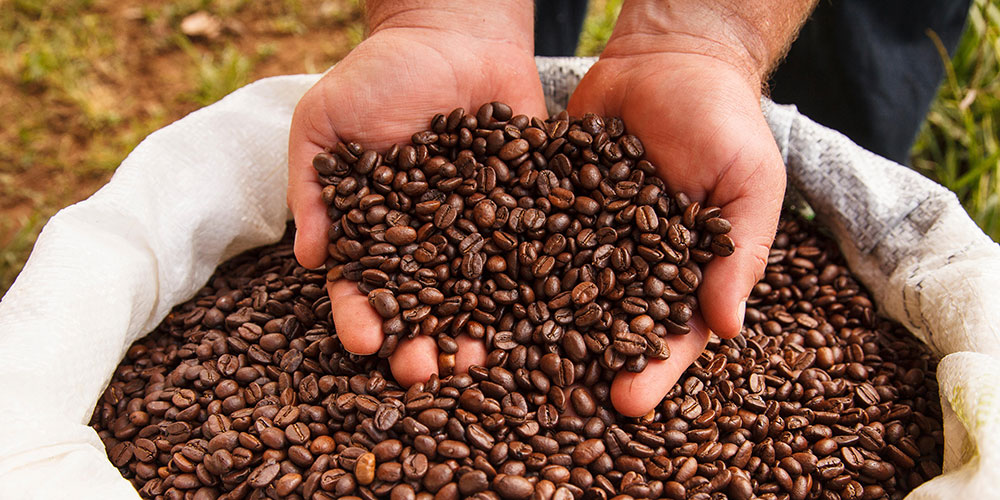
. There are 8 different coffee growing regions in Costa Rica each area is ideal for its mountainous surroundings. Costa Ricas marketing year MY 20202021 coffee production reached 1472202 60-kilogram kg bags which is 04 percent higher than the previous crop. Based on preliminary projections production is expected to increase slightly to about 1485000 bags in MY 20212022.
Some of the most popular coffee growing regions in Costa Rica include Poas Tres Rios Terrazu and Naranjo. FASSan José projects marketing year 202223 coffee production at 1365000 60-kilogram bags as production volume rebounds from a 50-year low in marketing year 202122 when higher rates of fungal disease compounded the impact of a gradual downward trend in production. Costa Rica Coffee Production.
Poas is a volcanic region in central Costa Rica with an altitude between 1200 and 1600 meters and a population of roughly 30000 people. Costa Ricas coffee production significantly increased when the train route to Puntarenas was completed in 1846. The coffee produced here is 95 Strictly Hard Bean SHB.
Knowing the history and culture of each region will help you appreciate your favorite coffeeand make you want to visit them all. Currently Costa Rican coffee is quantified as one of the best in the world with its impact on the nation vividly visible. Coffee was the only export commodity until 1890.
By the 1820s coffee was the main agricultural export of great economic significance. Roasters Costa Rica Paraiso Responsibly sourced and Kosher it has a smooth and balanced taste. According to Costa Ricas Coffee Institute ICAFE during the MY 20172018 coffee harvest there were 41339 coffee producers in Costa Rica 1696 fewer than in the previous marketing year.
100 Arabica Best K-Cup Pods. However by 2021 production levels recovered. Ad Enjoy Great Coffee From Costa Rica.
Produced 215639213 lbs exported 131305680 lbs Thats over 61 exported. Though production volume has slowly declined the Costa Rican. Costa Rica has eight coffee regions each of which produce unique characteristics and flavors.
25 of production Altitude. Coffee production began in the Central Valley which had ideal soil and climate conditions for coffee plantations. Costa Rica coffee is grown on mountainside fincas farms at 1200 to 1800 meters above sea level thats 3937 to.
Costa Ricas history is inextricably linked to coffee production. Costa Rican coffee has been cultivated since the late 1700s. Coffee arrived in Latin America in 1720 with the first seeds of the Coffe arabica species that was sown in Martinique but the aromatic grain touched Costa Rican soil at the end of the 18th century until then all that was practiced was subsistence farmingThe story changed in 1808 when the then-governor Tomas de Acosta decided to boost the cultivation of the grain in.
Western Hemisphere Costa Rica. The main distinctive feature of Costa Rican coffee is the concentration of the part of its cultivation in the rich volcanic soils which results in a superior quality bean with little acidity and highly valued by the most demanding palates. One way that Costa Rica has hoped to differentiate itself among coffee-growing nations is through the diversity of profiles in its growing regions despite the countrys relatively small geographical size.
Cafe 1820 Costa Rican Ground Coffee. Costa Rica grows two varieties of coffee Robusta and Arabica. On the eve of the countrys independence from Spain 1821 local authorities distributed free coffee seeds as a means of promoting coffee production to support the economy.
Gourmet Coffee Roasted Fresh daily in Costa Rica. Coffee in Costa Rica is mainly grown in the highlands in the center of the country. One of Costa Ricas most well-known regions Tarrazú produces coffees with a refined and very high acidity the result of favourable soil and altitude and good processing.
Buy 2 Lbs Get 595 Flat Shipping. Due to the coolness the so-called coffee cherries ripen more slowly than in other growing regions. Sounds like a lot.
Costa Rican manufacturers were among the first to. Costa Rica contributes less than 1 of the worlds coffee production yet it has a strong reputation for producing relatively good if often mild quality. MILAN Costa Rica s coffee production experienced significant change in the latest crop year according to the latest report from USDAs Foreigh Agricultural Service.
In 2019 the production of coffee in Costa Rica reached its lowest level in a decade with an output of less than 13 million 60kg bags. Its a gourmet coffee with a unique and pleasant taste. In 2019 production of green coffee in Costa Rica reached the lowest figure of the decade with an output of less than 13 million 60-kilogram bags.
In the nineteenth century the Costa Rican government strongly encouraged coffee production. Given the geographic heterogeneity of the country it produces numerous varieties of 100 Arabica coffee. Roughly 90 percent of that coffee is exported with the resulting revenue accounting for about 11 percent of Costa Ricas export earnings.
In a way this is due to the fact. FACTS ABOUT COSTA RICA COFFEE Costa Rica is the 14 largest coffee growing country in the world in 2015 they. Its actually 11 of the coffee grown worldwide.
Climate change deforestation an ageing population and pest infestations these are some factors that are causing coffee farmers immense stress and pressure. Coffee production in Costa Rica is up this year by 15 to 147 million bags. Today Costa Rica ranks as the 13th-largest producer of coffee in the world creating about 15 million bags yearly Anywhere Costa Rica reports.
The history of the coffee in Costa Rica began in the late 1700s. 1200 to 1700 metres above sea level. While only a few coffee plantations were present in the country during the 19th century nowadays tons of farmers mainly small-scale have helped Costa Rica realize its coffee production dreams.
That year coffee production in the country amounted to 15 million 60. The number of coffee growers has been on a downward trend for several years now. Thats 16 per cent less than the previous year.
Coffee production in Costa Rica increased by approximately 16 percent in crop year 201920 when compared to a year earlier. Coffee Arabica was introduced to the country directly from Ethiopia. Green Mountain Coffee Roasters Costa Rica Paraiso.
Add to this that the different areas experience slight nuances in the weather are grown in different soil and are fertilized by different things for example some areas are naturally fertilized by the ash of nearby volcanoes means that the eight different regions.
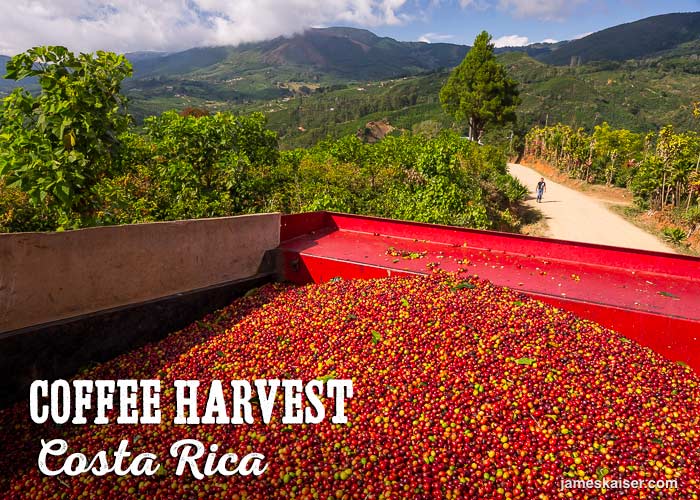
Costa Rican Coffee History Best Beans Top Tours James Kaiser

Tour A Costa Rica Coffee Plantation For The Ultimate Java Fix

Costa Rica Intercontinental Coffee Trading Inc
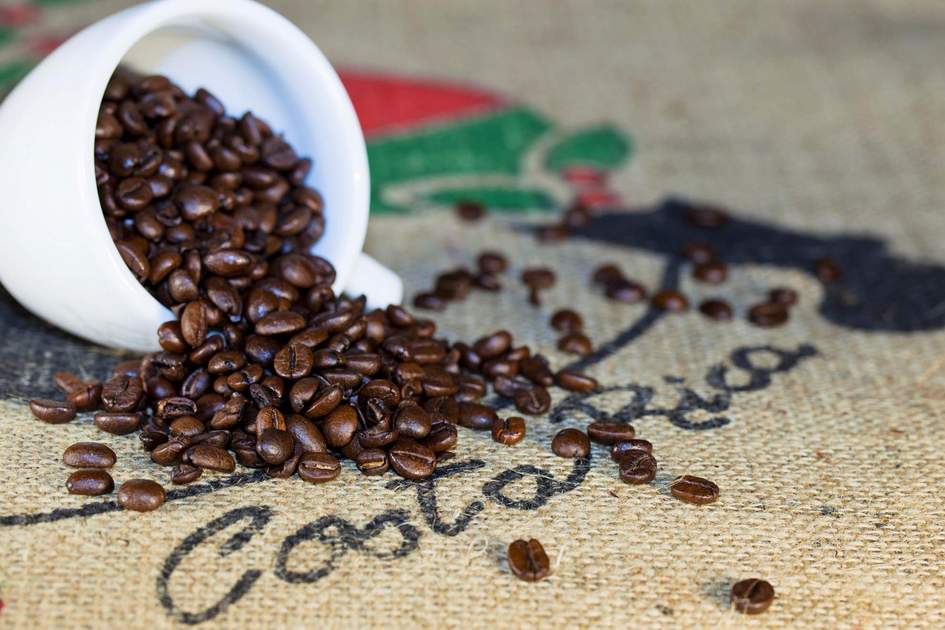
The Story Of Costa Rican Coffee From The Central Valley To Your Mug Insight Guides Blog
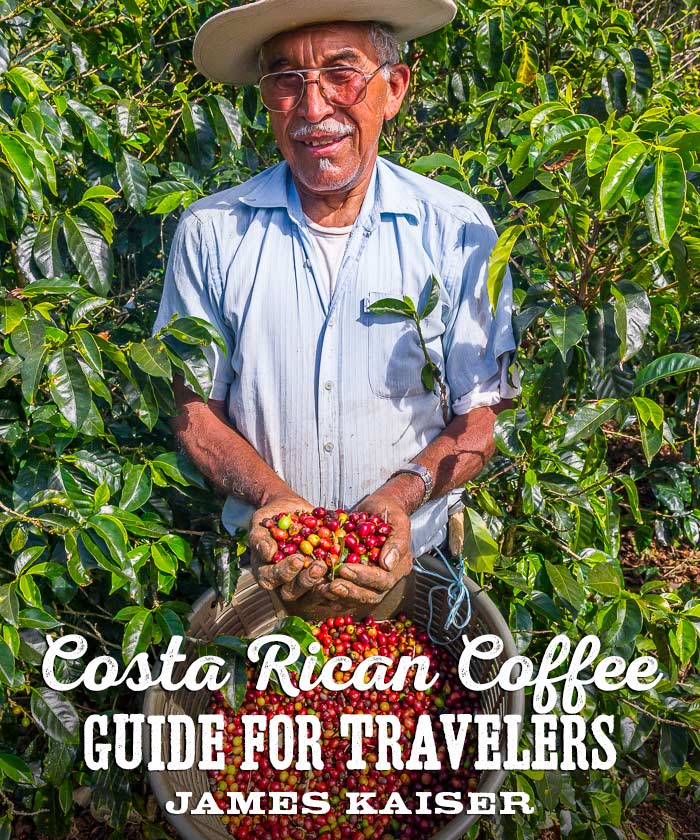
Costa Rican Coffee History Best Beans Top Tours James Kaiser
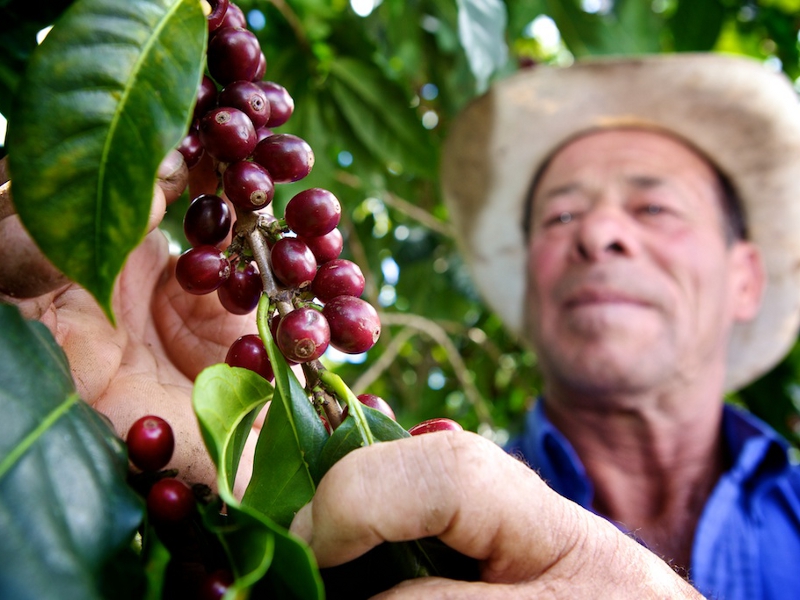
History Of Coffee In Costa Rica Embassy Of The Republic Of Costa Rica In Singapore
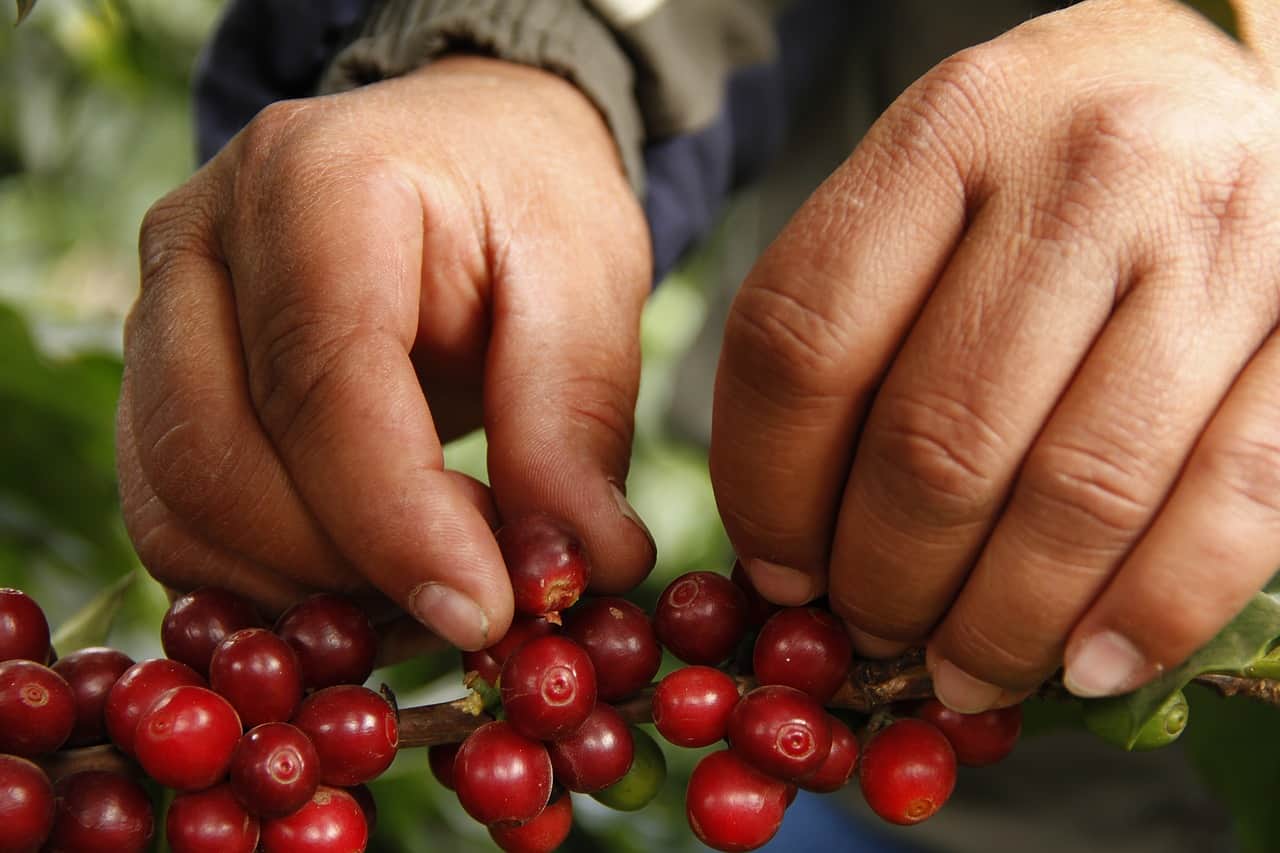
Visiting A Costa Rica Coffee Plantation
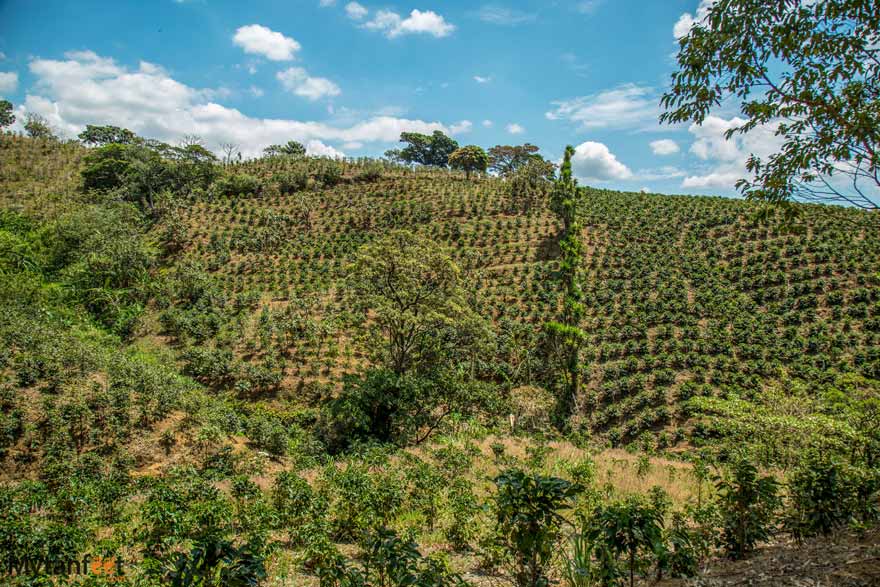
Costa Rican Coffee Best Brands Tours History And More

Costa Rica Regenerative Farm Project Paves The Way For Better Crops
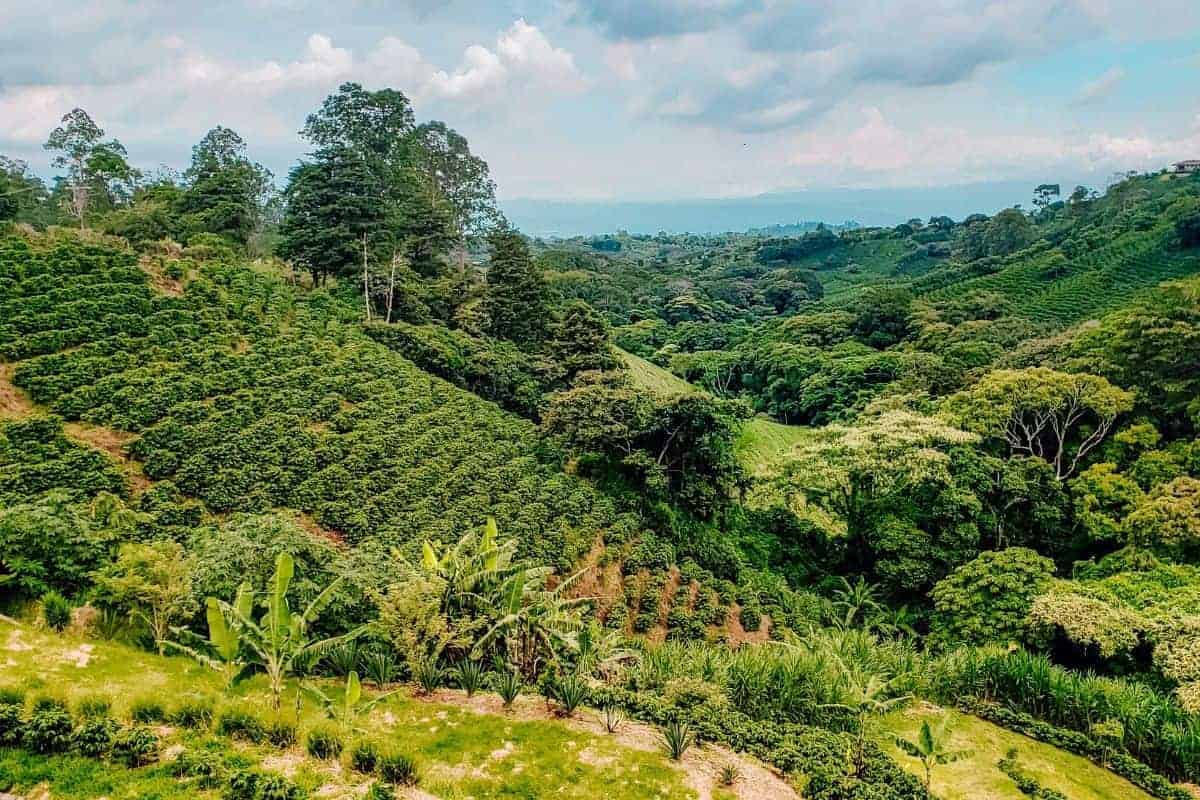
Costa Rica Coffee Take A Plantation Tour Costa Rica Vibes

Costa Rica Celebrates Transformational Change In Coffee Production

The 5 Best Costa Rican Coffee 2022 July 2022 Update
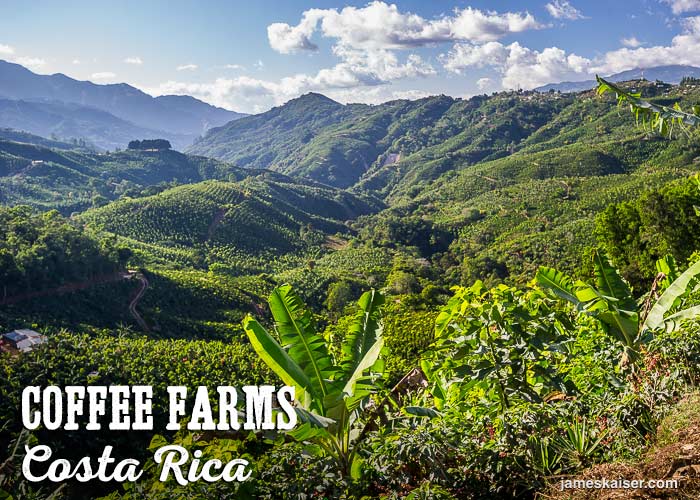
Costa Rican Coffee History Best Beans Top Tours James Kaiser

The Ultimate Guide To Costa Rican Coffee How To Choose The Best Experience For You Kimkim

The Story Behind Costa Rica S Disappearing Coffee Farms Perfect Daily Grind



